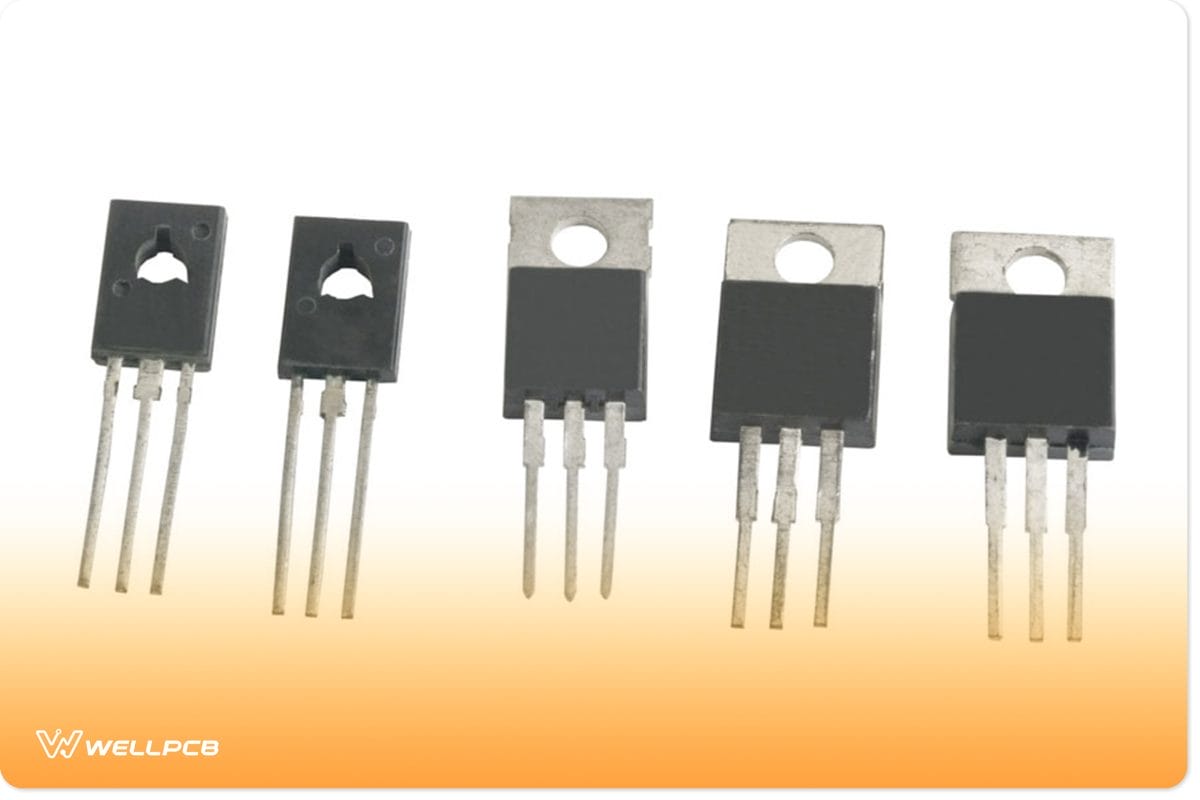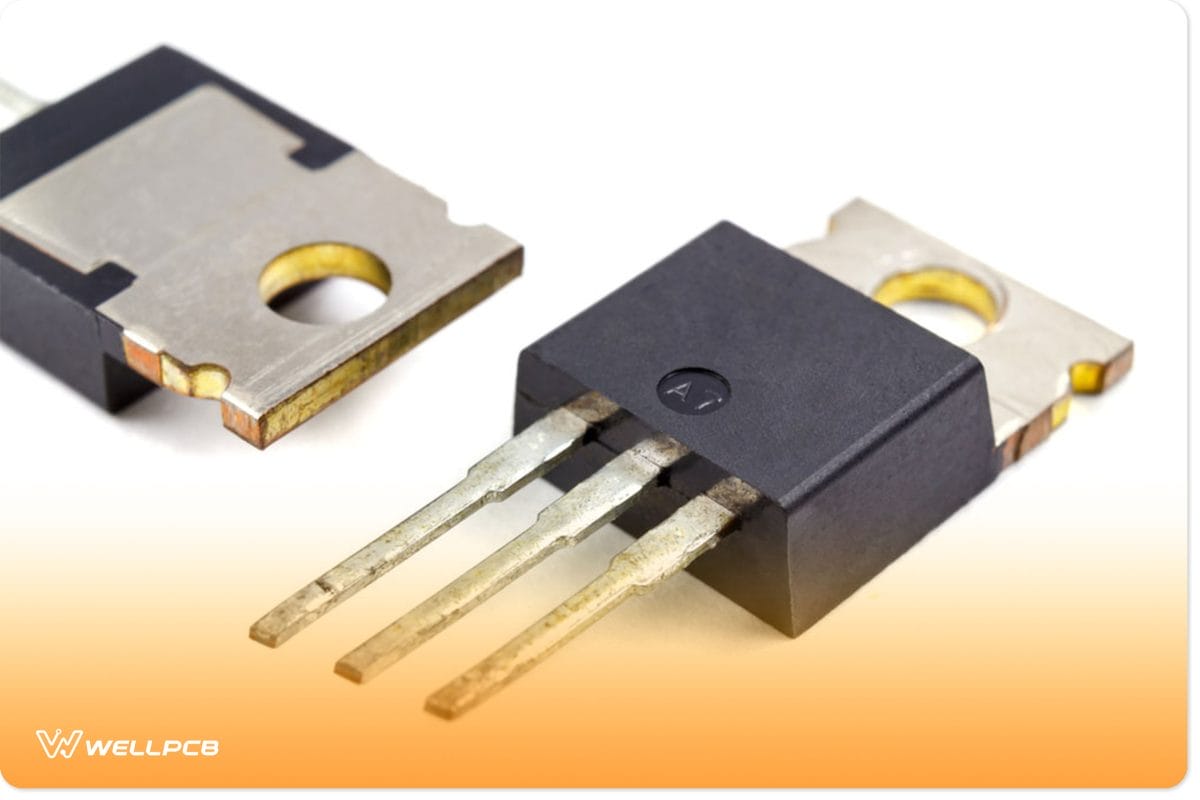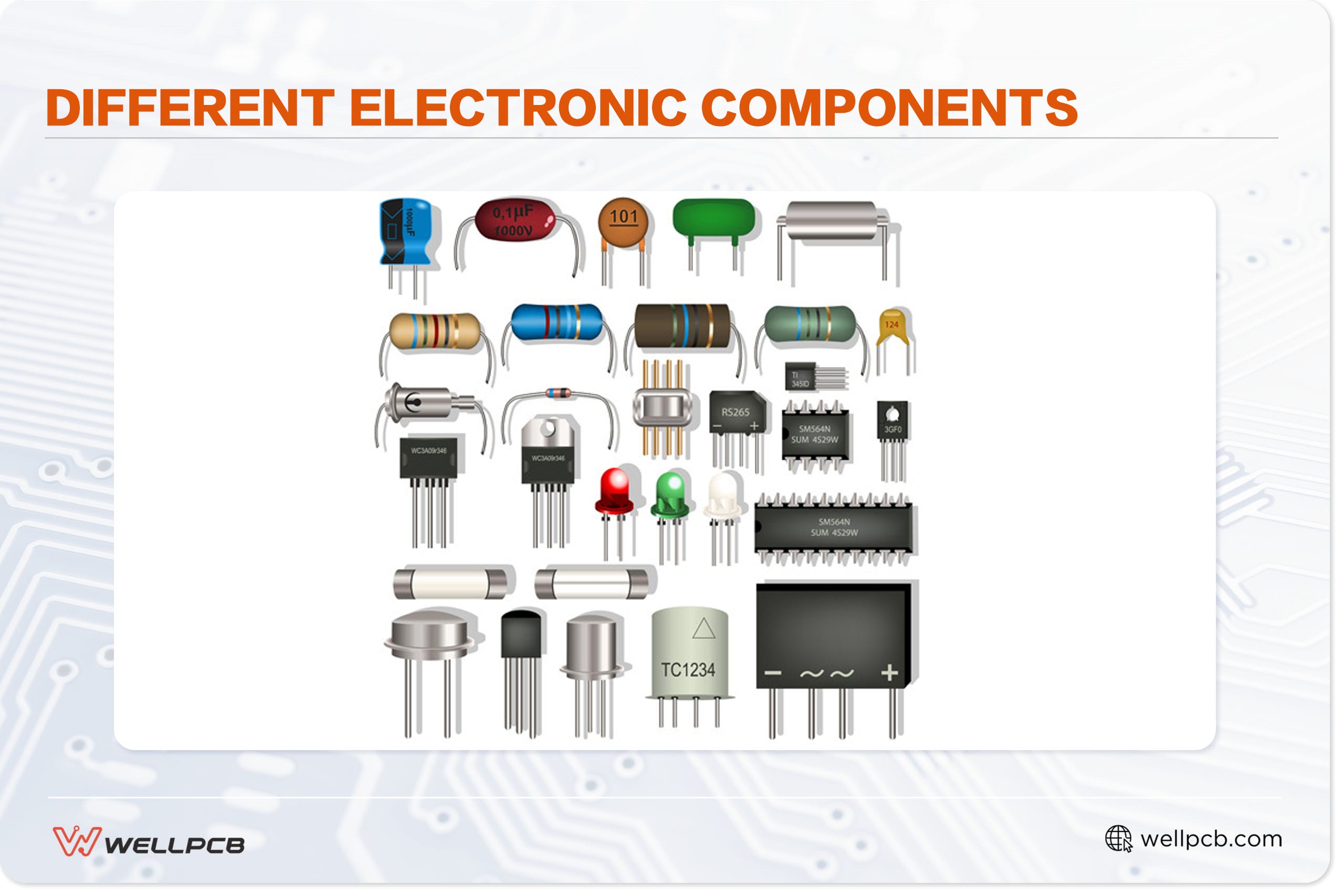Contents
What is MOSFET Protection?
MOSFETs are fragile devices that you can easily damage by making the wrong move. Thus, you should handle them carefully, especially when not installed in any circuit.
However, installed MOSFETs are just as fragile as any similar device (both in size and construction) in a circuit.
So, MOSFET protection involves all the different ways to prevent your MOSFET from unforeseen damages effectively.
But why are MOSFETs so damage-sensitive? Well, MOSFETs feature an ultra-thin silicon layer which you can find between the gate pin and the channel. Now, MOSFETs get easily damaged by too much gate-to-source voltage (Vgs) because of how thin the insulating layer is.
Why do MOSFETs Fail?

MOSFETs
It’s not easy to determine the exact cause of your damaged MOSFET, and here’s where the problem is. Most times, we’re not aware of what could cause a fault in any MOSFET. Plus, a failure in a MOSFET will cause it to malfunction and go into a different failure mode. And this alone makes it challenging to find out the original cause of the MOSFET’s failure.
Failure Modes or Causes
Here are some of the causes of MOSFET failure:
- Avalanche Failure
Avalanche failure occurs whenever you go beyond the maximum safe operating voltage of a MOSFET. It causes an avalanche breakdown voltage, which is not that destructive but enough to leave you with a faulty MOSFET.
- Short-Circuited Load
When inductive loads experience short circuits, there will be a current increase, which will, in turn, activate the current limit. While this protects the current circuit from immediate failure, it doesn’t guarantee the safety of your MOSFETs.
Thus, if you have sustained shorts that are too short, it’ll eventually cause failures.
- Excess Power Dissipation
This failure mode depends on the amount of excess power released. If there’s a sustained power dissipation, the MOSFET will get hot enough to detach from the circuit. Though it doesn’t cause the MOSFET to fail, it does damage the MOSFET’s thermal performance.
- Foreign Object Damage
Foreign objects like swarfs, nuts, washers, spanners, and even bolts can cause severe damage to a MOSFET.
- Excess Current
Passing excess current through a MOSFET will cause failure. However, the failure depends on several factors, such as how high the excess current is and how much time you let it flow through the MOSFET.
How to Protect MOSFETS
It’s common to find your MOSFETs overheating and blowing off in mere minutes after turning on your MOSFET-based circuit. And it even happens despite connecting all your components correctly.
So, if you’ve checked and confirmed all your connections but your MOSFETs still get damaged, here are some of the best ways to protect MOSFETs:
Avalanche Protection
MOSFETs can get damaged when their junction temperature exceeds the absolute limit due to excess voltage conditions. When you apply an excess voltage beyond the absolute max voltage across the MOSFET’s internal body diodes, it causes an avalanche voltage.
Now, you can easily handle this problem by installing an extra external high-power diode across the MOSFET’s terminals. This solution helps share the reverse current across the diodes, eliminating the generation of excess heat.
Get Rid of Stray Inductance
One common problem of the MOSFET is stray inductance. Stray inductance usually stays hidden within the tracks of the circuit.
Additionally, when the current level and switching frequency are high, the smallest insignificant increase in the PCB track (connecting path) will create inter-linked inductance.

PCB Track
It will also cause severe defects in the MOSFET’s behavior due to inefficient transients, spikes, and conduction.
A solution for this is to make sure your tracks are wider when making your PCB and ensure your devices are as close as possible to the driver IC, which drives the MOSFET and each other.
Importance of Gate Resistance
Harmful spikes across the drain/gate pins of the MOSFET can cause severe problems for your MOSFET.
So, to solve this problem, you can use a resistor with low values in series with the MOSFET gate and logic input voltage.
Thus, the solution allows the exponential charging of the internal capacitors, which reduces the chances of a negative spike happening.
Using Reverse Diodes
While the gradual charging gate capacitance blunts the chances of harmful spikes, it also delays the discharging of the capacitance. When delayed discharging happens, it causes the MOSFET to operate under stressful conditions and generate excess heat.
The solution for this problem is adding a reverse diode in parallel with the gate resistor. Also, it handles the problem of delayed discharging by creating a path for the gate’s electrostatic discharge through the logic input and diode.
Protecting MOSFETs from Overheating
You can install reflowable thermal protection to your MOSFET-based circuit to prevent overheating or allow heat dissipation.
The RTP works like a low-value resistor when the MOSFET operates at normal temperatures, and you can find it mounted close to the MOSFET. This way, the RTP can precisely sense the temperature of the MOSFET.
Also, the RTP switches to a high-value resistor as the temperature of the MOSFET increases. Hence, this switch stops power from flowing to the MOSFET and prevents it from getting damaged.
Using a Resistor between the Gate and the Source
It is a powerful way to safeguard your MOSFET and prevent it from blowing under any circumstances.
Using a resistor between the gate and source (anywhere between 1K to 10K) would ensure your MOSFET can turn off quickly once you remove the switching signal. This prevents both a latching effect and possible damages.
Precaution for Protecting MOSFET Devices
Since N-channel MOSFETs and P-channel MOSFETs are sensitive devices, you must always handle them with care.
Additionally, don’t connect or disconnect your MOSFET while there’s power running through the circuit. Always make sure the power is off to prevent electrical damage to you and your expensive MOSFETs.
Final Words

MOSFETs
MOSFET protection is essential, and what’s more important is knowing the potential problems and how to prevent or fix them.
We didn’t mention some other causes of MOSFET failure, including a defective battery, which happens when the battery supply voltage becomes too low, rapid deceleration, blacked motor, and dV/dt failure.
Finally, make sure you tweak your electronic circuits properly to reduce the failure rate of MOSFET. Well, that wraps up this article. If you need further assistance, feel free to contact us, and we’ll be happy to help.





